Building the Tabernacle – God's Presence Among His People (Exodus 25-40)
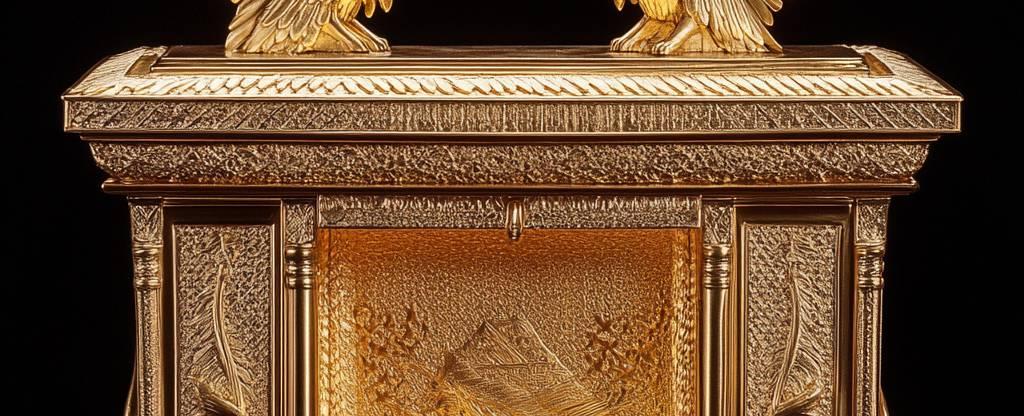
Today, we’re covering chapters 25 through 40—where God gives Moses detailed instructions for building the Tabernacle, a sacred space where His presence will dwell among the Israelites. This part of Exodus is rich with symbolism and shows how God desires to live with His people. Let’s break it down!
Exodus 25–27: Instructions for the Tabernacle and Its Furnishings
The Ark of the Covenant
God begins by instructing Moses to have the Israelites build the Ark of the Covenant. This isn’t just any chest—it’s made of acacia wood, overlaid with pure gold, and designed to house the stone tablets of the Ten Commandments.
On top of the Ark sits the mercy seat, with two golden cherubim facing each other. God’s presence would dwell here, between the cherubim, as a sign of His covenant with Israel.

The Table for the Bread of the Presence
Next, God commands the construction of a table for the Bread of the Presence. This bread, always before the Lord, represents God’s continual provision and fellowship with His people.
The Golden Lampstand (Menorah)
The golden lampstand, crafted from pure gold, had seven branches and was to burn continually. The light symbolizes God’s guidance and the light of His presence in the midst of His people.

The Tabernacle Structure
God gives Moses detailed blueprints for the Tabernacle—this is essentially a portable sanctuary divided into three parts:
- The Courtyard – The outer area where sacrifices are made.
- The Holy Place – Where the lampstand, table, and altar of incense reside.
- The Most Holy Place (Holy of Holies) – The innermost chamber where the Ark of the Covenant rests.
The Bronze Altar and Courtyard
The altar for burnt offerings stands in the courtyard, made of bronze. The entire courtyard is enclosed by linen curtains, creating a sacred space set apart for worship.
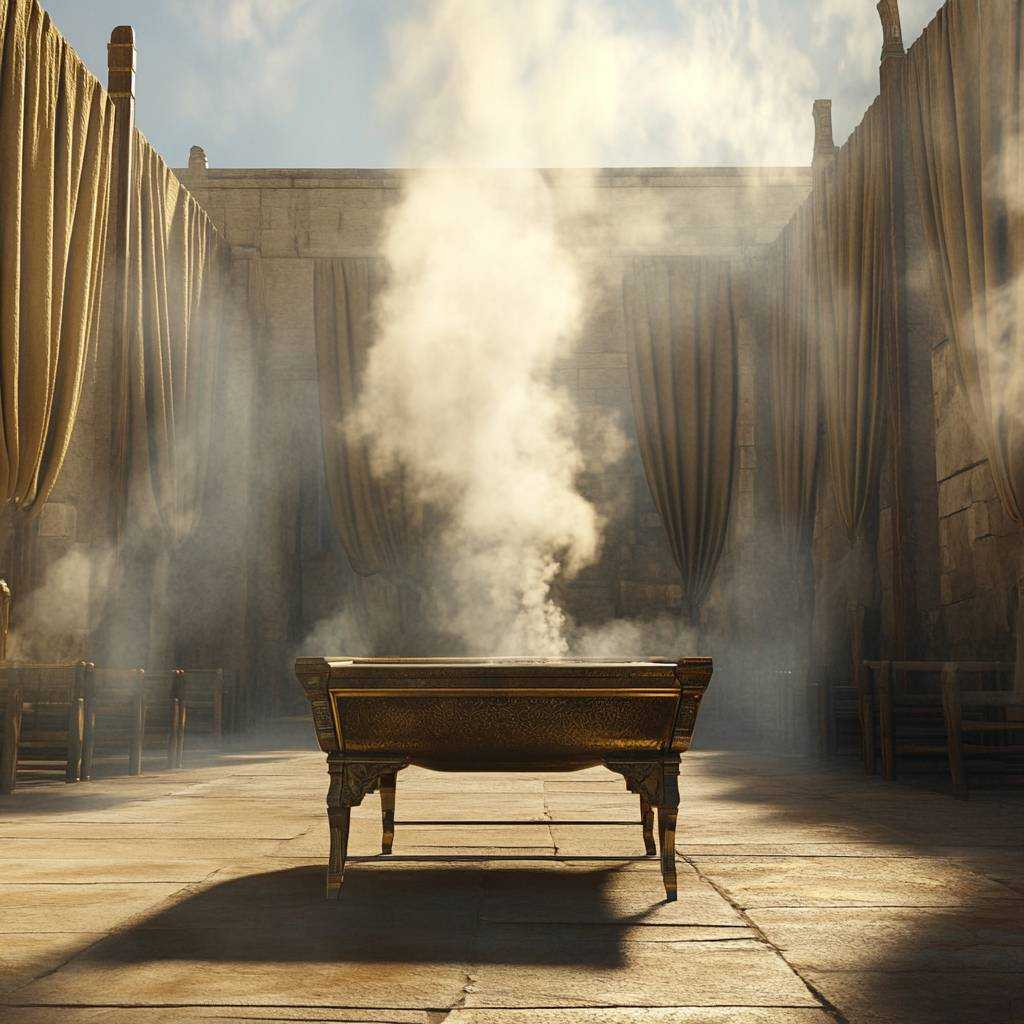
Exodus 28–31: Priestly Garments and Sacred Anointing
Garments for the Priests
God instructs Moses to make special garments for Aaron and his sons, who will serve as priests. These aren’t ordinary clothes—every item carries spiritual significance:
- Ephod and Breastpiece – Inlaid with twelve stones, representing the twelve tribes of Israel.
- Turban and Robe – Marked with holiness, signifying that the priests are set apart for God.

Consecration of the Priests
The priests undergo a sacred ceremony involving sacrifices and anointing with oil. This ritual marks them as holy and prepared to serve in God’s presence.
The Altar of Incense
Placed in front of the veil leading to the Most Holy Place, the altar of incense represents the prayers of God’s people rising continually before Him.
The Sabbath Command
God re-emphasizes the importance of the Sabbath, calling it a sign of the covenant between Him and Israel.
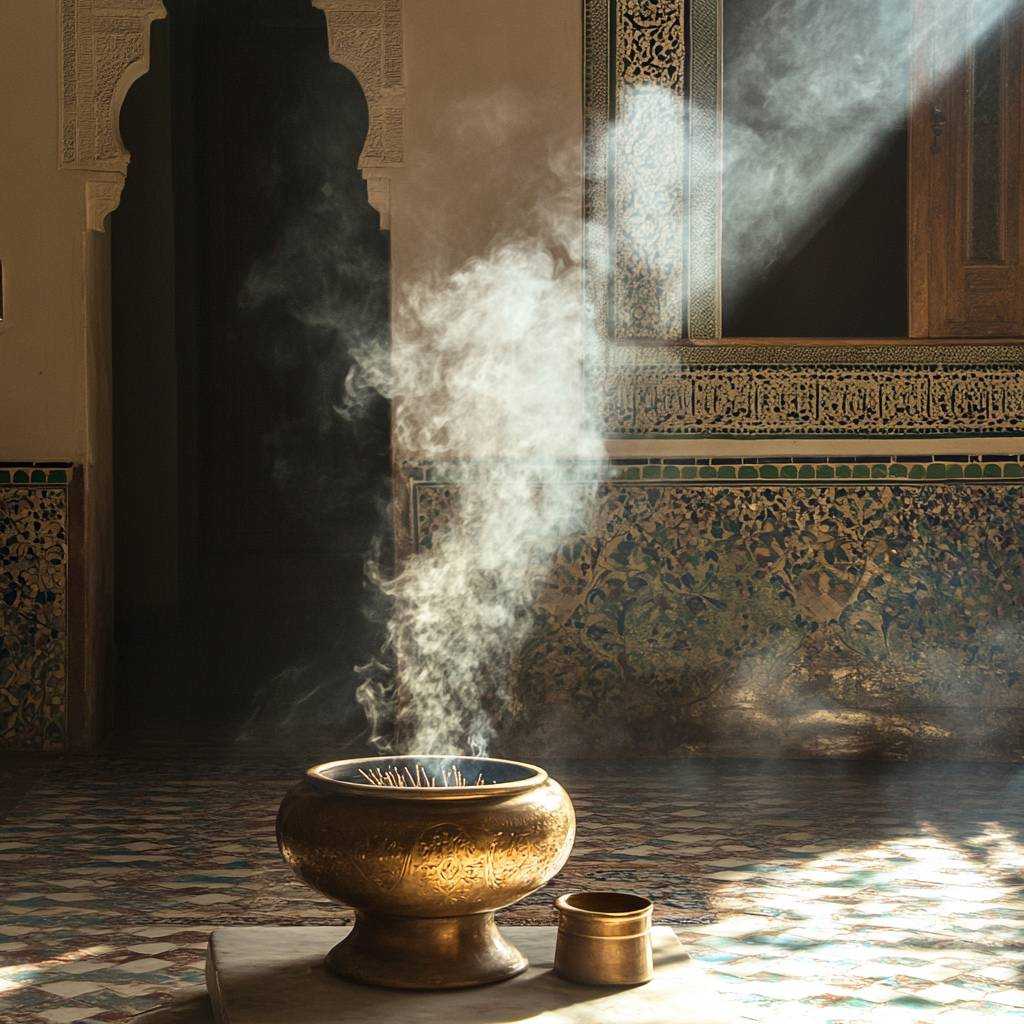
Exodus 32–34: The Golden Calf and Covenant Renewal
The Golden Calf Incident
While Moses is receiving instructions on the mountain, the Israelites grow impatient. They build a golden calf and begin to worship it, breaking the very covenant they had just agreed to. Moses returns, furious, and smashes the stone tablets.
Renewing the Covenant
Despite their failure, God renews the covenant after Moses intercedes for the people. New tablets are made, and God declares His character—compassionate, gracious, slow to anger, and abounding in love.
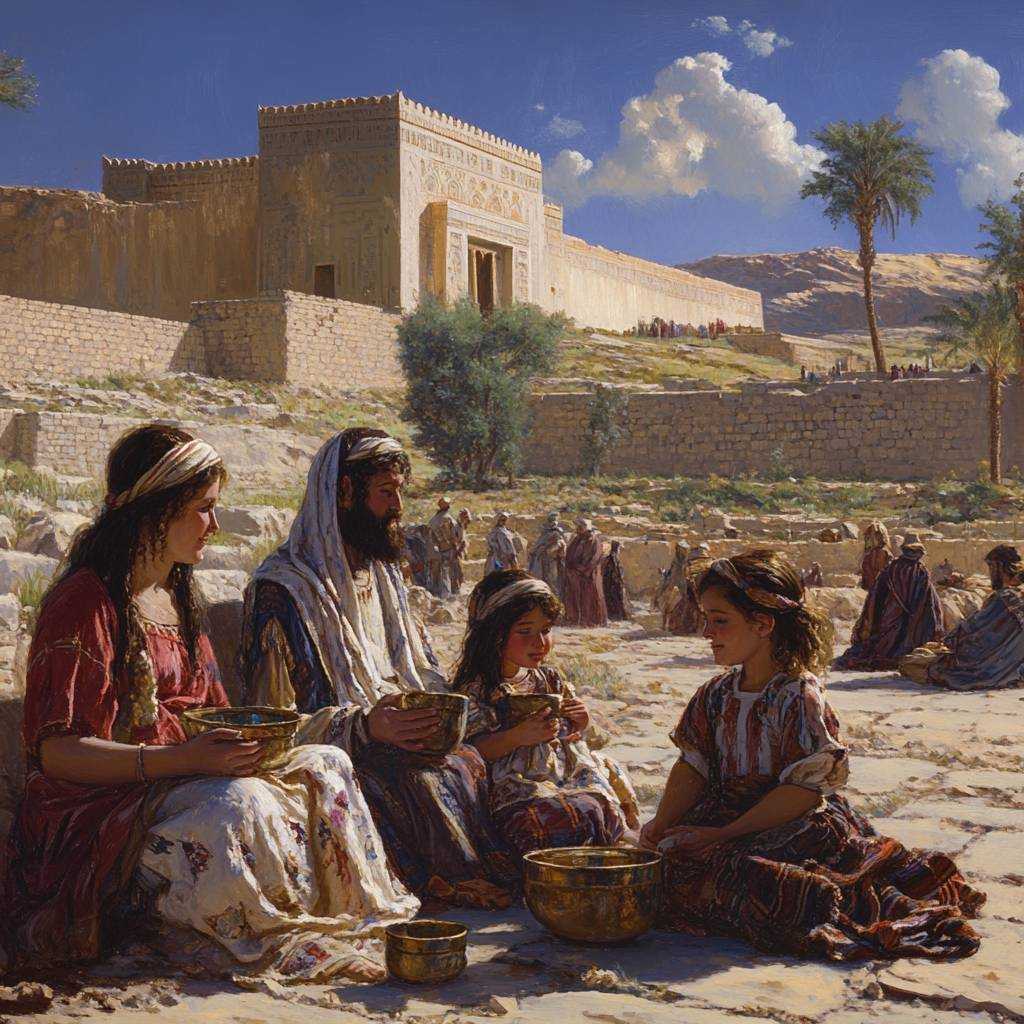
Exodus 35–40: Building the Tabernacle
Generosity of the People
Moses calls for offerings to build the Tabernacle, and the response is overwhelming. The people bring more than enough gold, silver, fabric, and precious stones.
Skilled Craftsmen: Bezalel and Oholiab
God appoints Bezalel and Oholiab, craftsmen filled with the Spirit of God, to lead the construction. Every piece of the Tabernacle is crafted with precision and care, following the exact instructions given to Moses.
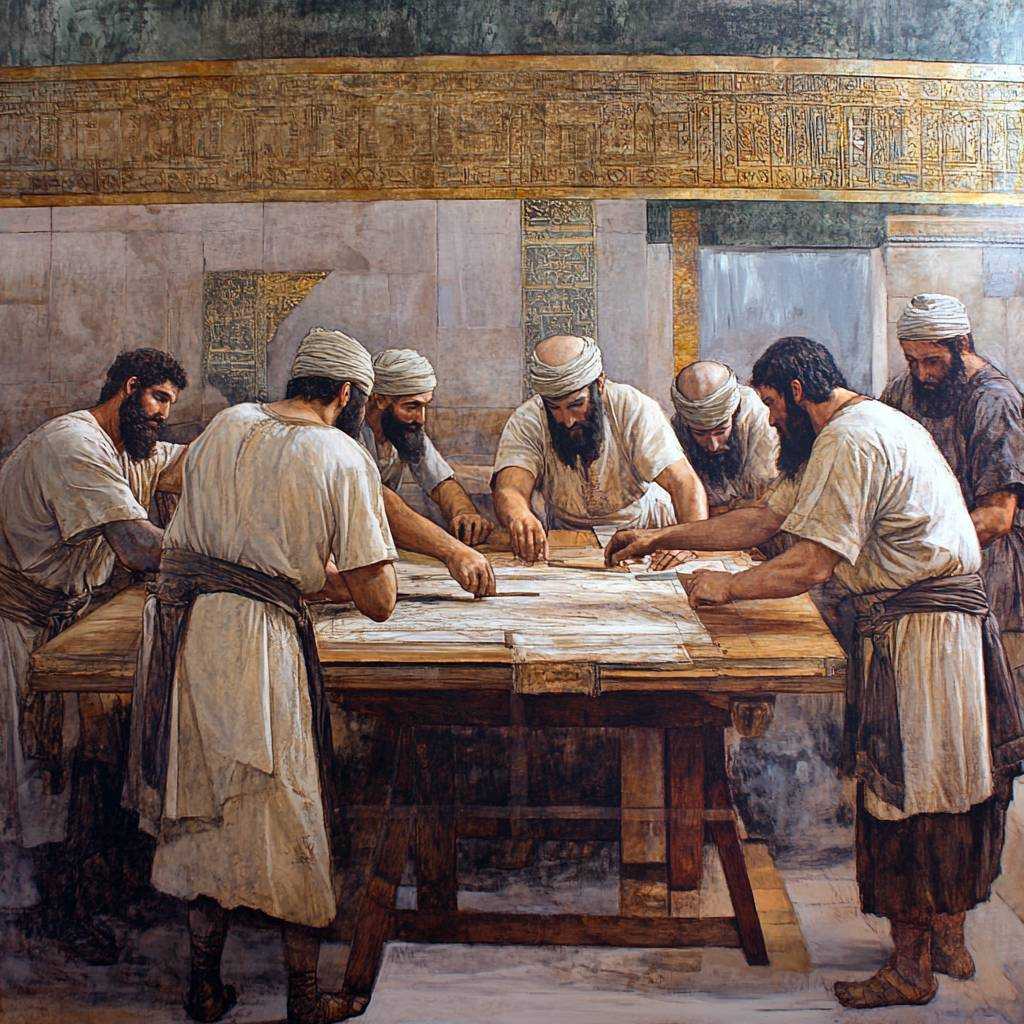
Setting Up the Tabernacle
Once completed, Moses inspects the work and blesses the people. The Tabernacle is erected, and every piece is placed exactly as God commanded.
God’s Glory Fills the Tabernacle
As soon as the Tabernacle is set up, the cloud of God’s glory descends and fills it. From this point on, whenever the cloud lifts, the Israelites know it’s time to move. When it remains, they stay put.
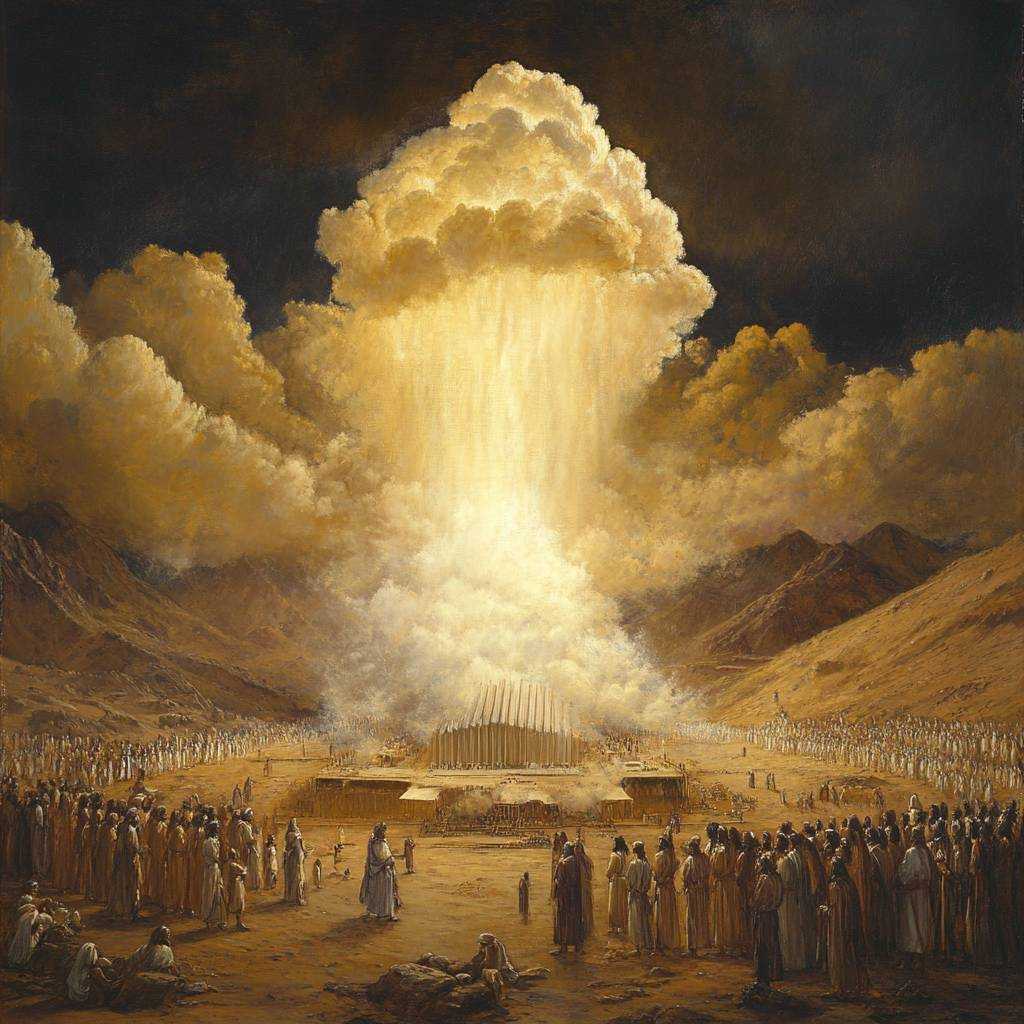
Takeaways for Today
- God Desires to Dwell with Us – The Tabernacle wasn’t just a tent—it was God’s way of being present among His people. Today, His Spirit dwells within believers, making us living temples.
- Attention to Detail Matters – God’s instructions were specific because worship matters. The way we approach God reflects our reverence for Him.
- Generosity Fuels God’s Work – The Israelites gave willingly and abundantly. When we give our time, resources, and skills, God uses it to build His kingdom.
- Failure Isn’t Final – Even after the golden calf incident, God renews His covenant. His grace meets us even in our biggest mistakes.
